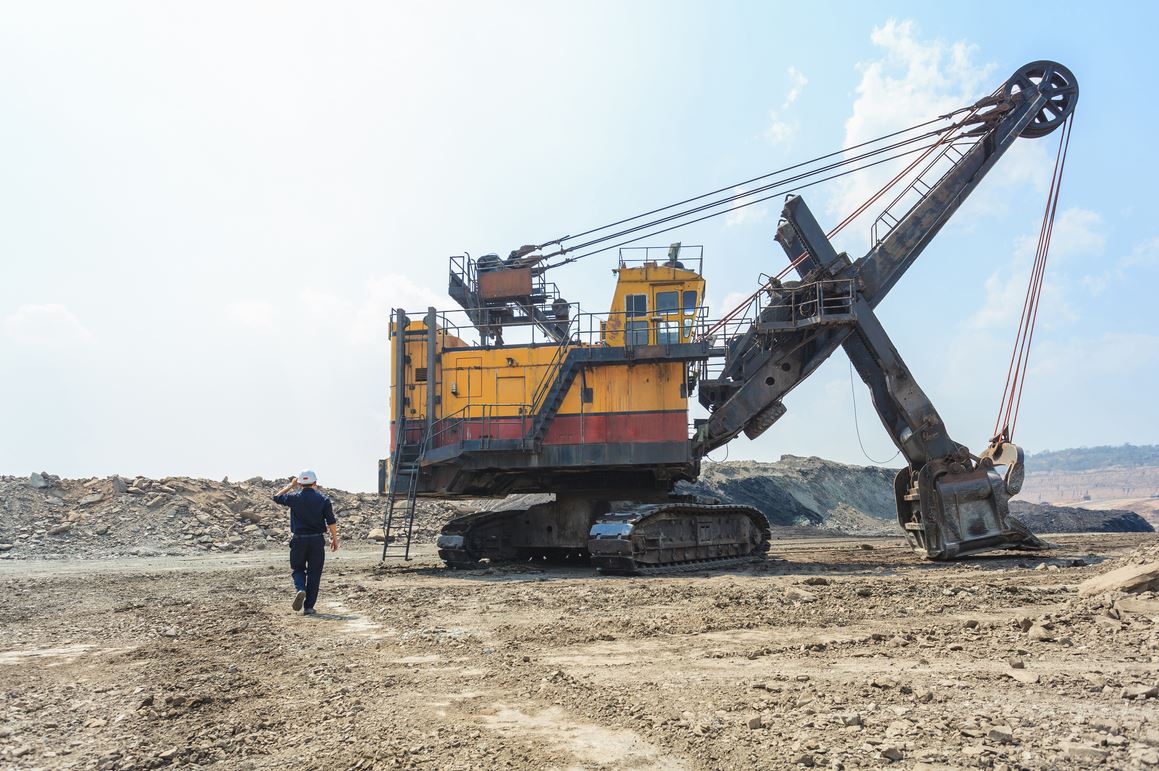
Are you familiar with electric rope shovels? If you’re in the mining industry, you almost certainly are, but for those who may not have mining experience, a quick definition is in order. Electric rope shovels handle the movement of massive loads of minerals at a mine site. If they’re onsite, they’re almost always critical machinery. Moreover, they are massive and complex.
In a recent article in Global Mining Review, Emerson’s Romeu Kleinubing shared not only the importance of rope shovels to a mining site, but also the importance of properly maintaining them:
“Even the largest mines typically have only a small number of shovels on-site, all-in continuous operation with no redundant spares. When a shovel is out of commission, so is that area of the mine. Accordingly, for any organisation striving to maintain peak performance, ensuring the health of their shovels is a top priority.”
But not every reliability tool is up to the task of properly monitoring these behemoths. As Romeu explains, to keep teams as safe and effective as possible, mining organizations need to implement vibration monitoring solutions that are designed to meet the unique requirements of rope shovels, to catch issues long before failure leads to unplanned downtime.
A complex machine
As Romeu explains, the efficiency of rope shovels hinges on the precise coordination of their primary components, and the gearbox and motor sets that drive them:
- Crowd: The crowd system is an electric motor and gearbox driving a rack and pinion gear system to pull the bucket toward and away from the shovel.
- Hoist: The hoist system’s electric motors drive a gearbox to turn a drum that rolls up the cable to lift and lower the bucket.
- Swing: The swing system uses multiple electric motors to drive gearboxes that turn a bull gear, turning the cab and boom to the left or to the right.
- Propel: The electric rope shovel’s tracks use traction converters to turn the sprockets that drive the tracks. The left and right-side tracks are independently driven.
Nearly any vibration detection system can alert users to the most severe problems with electric rope shovels, but by the time problems are that severe, repair will likely mean a lengthy—and costly—shutdown. Moreover, collecting vibration information manually means interacting with the machines while they are in operation, which can be dangerous and should be limited. That means teams have fewer data points over wider spans of time, which is not ideal for early predictive maintenance.
The right tools for the right job
Monitoring solutions like Emerson’s AMS Asset Monitor provide the granular data necessary to identify key problems with assets like electric rope shovels, and, more importantly, they provide it continuously, without the need for a human to interact with operating machinery. Moreover, AMS Asset Monitor captures data more quickly than both human beings and other vibration monitoring systems on the market, which cannot react fast enough to capture the entire movement of the shovel. This granularity has massive benefits,
“The most advanced digital collection systems can trigger immediately when a motor starts spinning, enabling the software to capture vibration data across the entire movement to provide a clearer picture of holistic asset health.”
And what’s more, the built-in AI-enabled analytics available in the AMS Asset Monitor help technicians of any experience level to avoid spending time poring over raw data to identify problems,
“The system adjusts its monitoring based on load and speed conditions, capturing relevant data for more accurate diagnostics. Analysed data is visible locally, on the operator interface in the cabin, where color-coded indications—red, yellow, and green—along with alerts for the most common problems, such as lubrication issues and bearing failures, make it easy to instantly identify the health of critical systems.”
Situational awareness, not site shutdowns
Put simply, manual maintenance rounds simply aren’t enough for mining organizations that want to drive optimum efficiency and safety. To ensure operators and technicians stay ahead of issues with critical assets like electric rope shovels, teams need a more continuous approach. Transitioning to continuous condition monitoring equipment is easier than ever and can provide the visibility and predictability necessary to avoid costly unplanned downtime.
